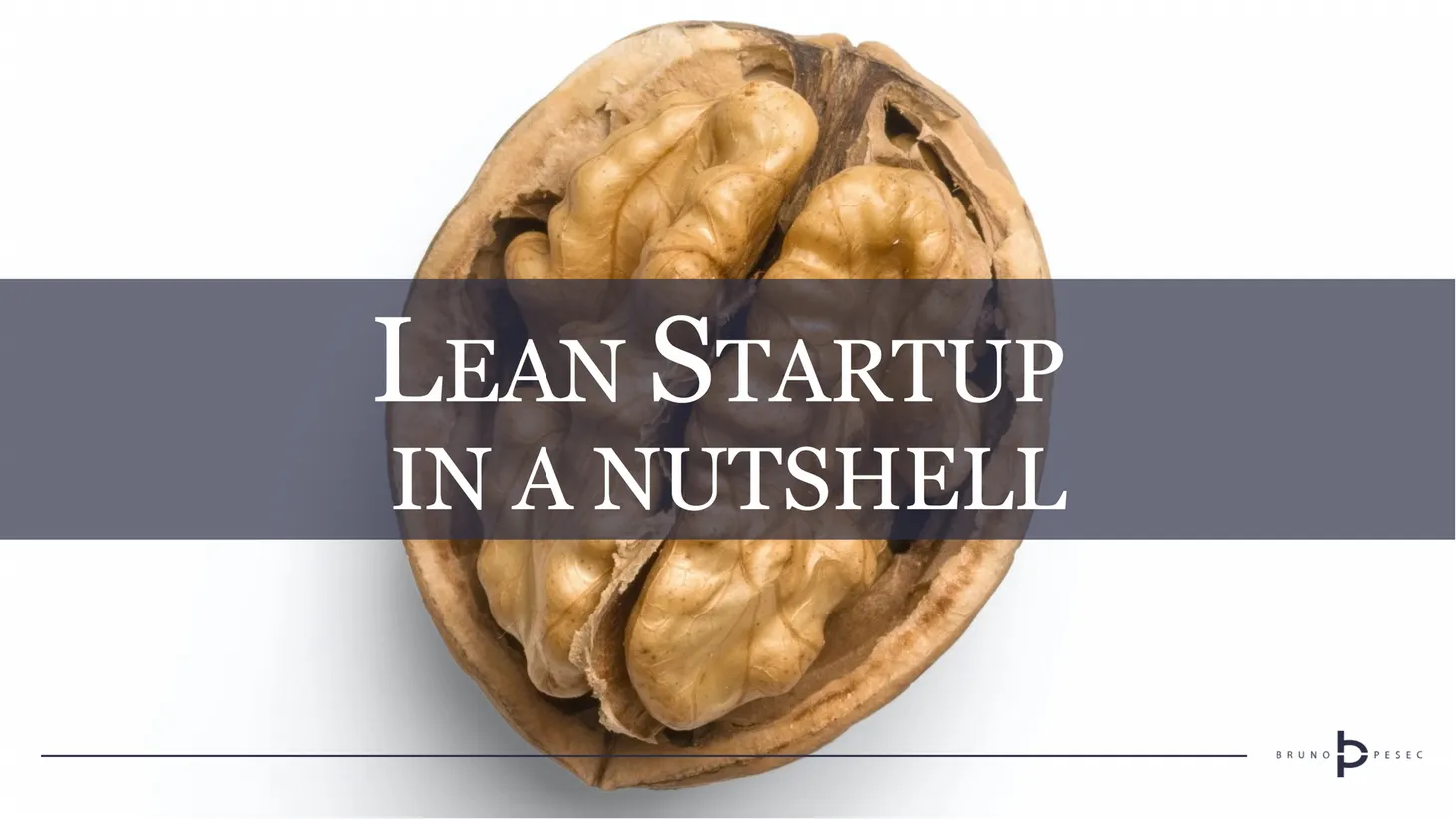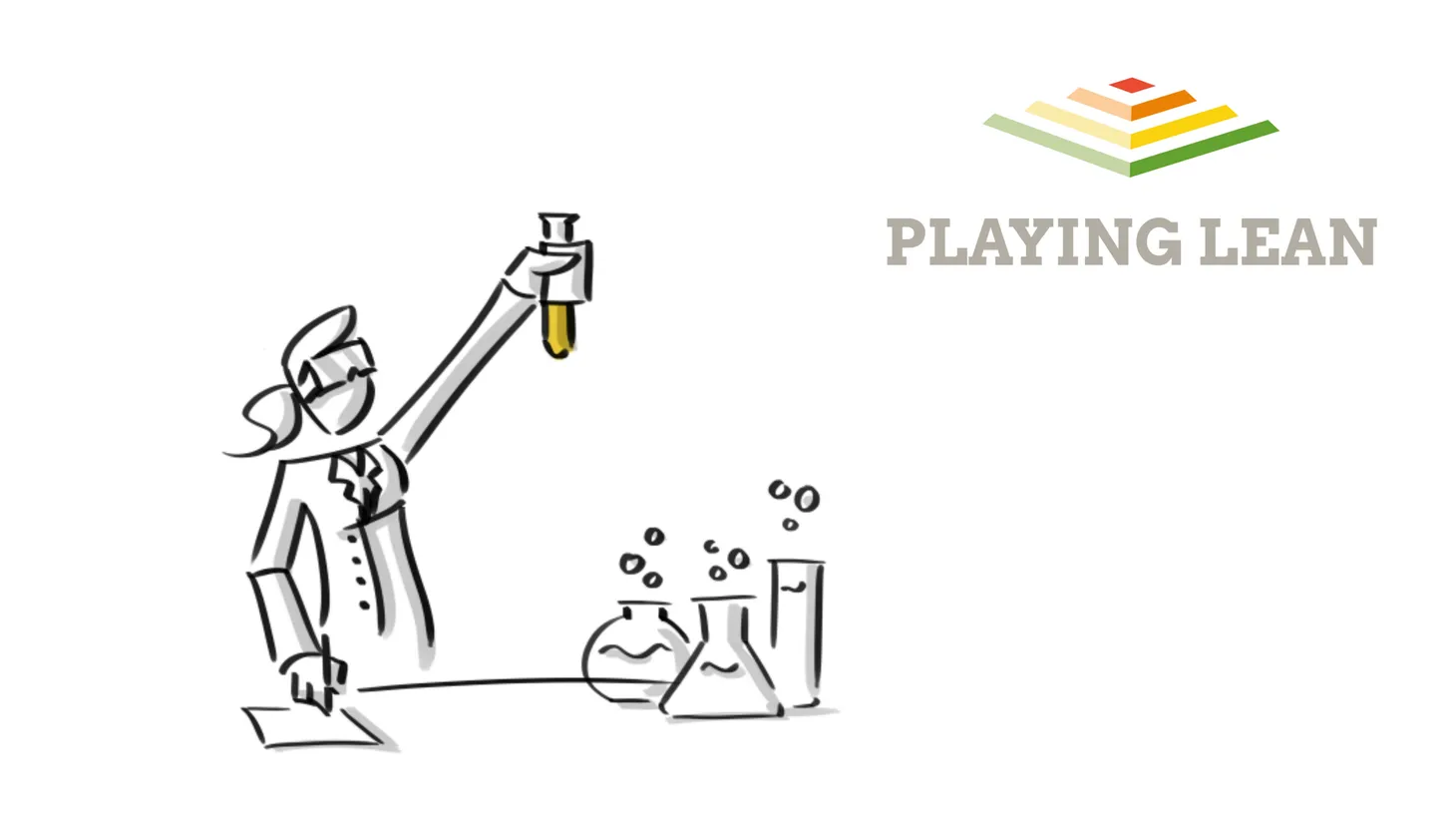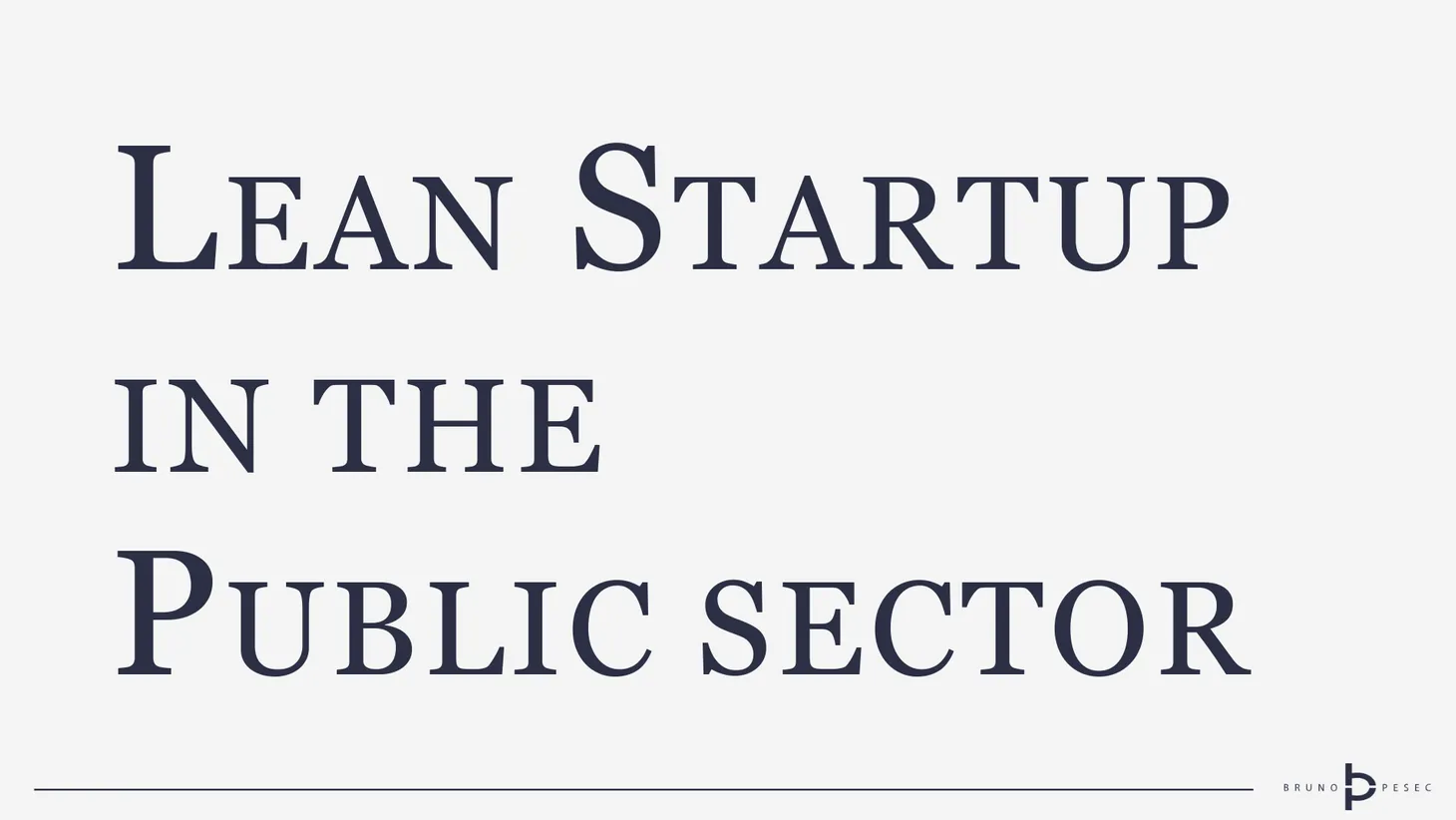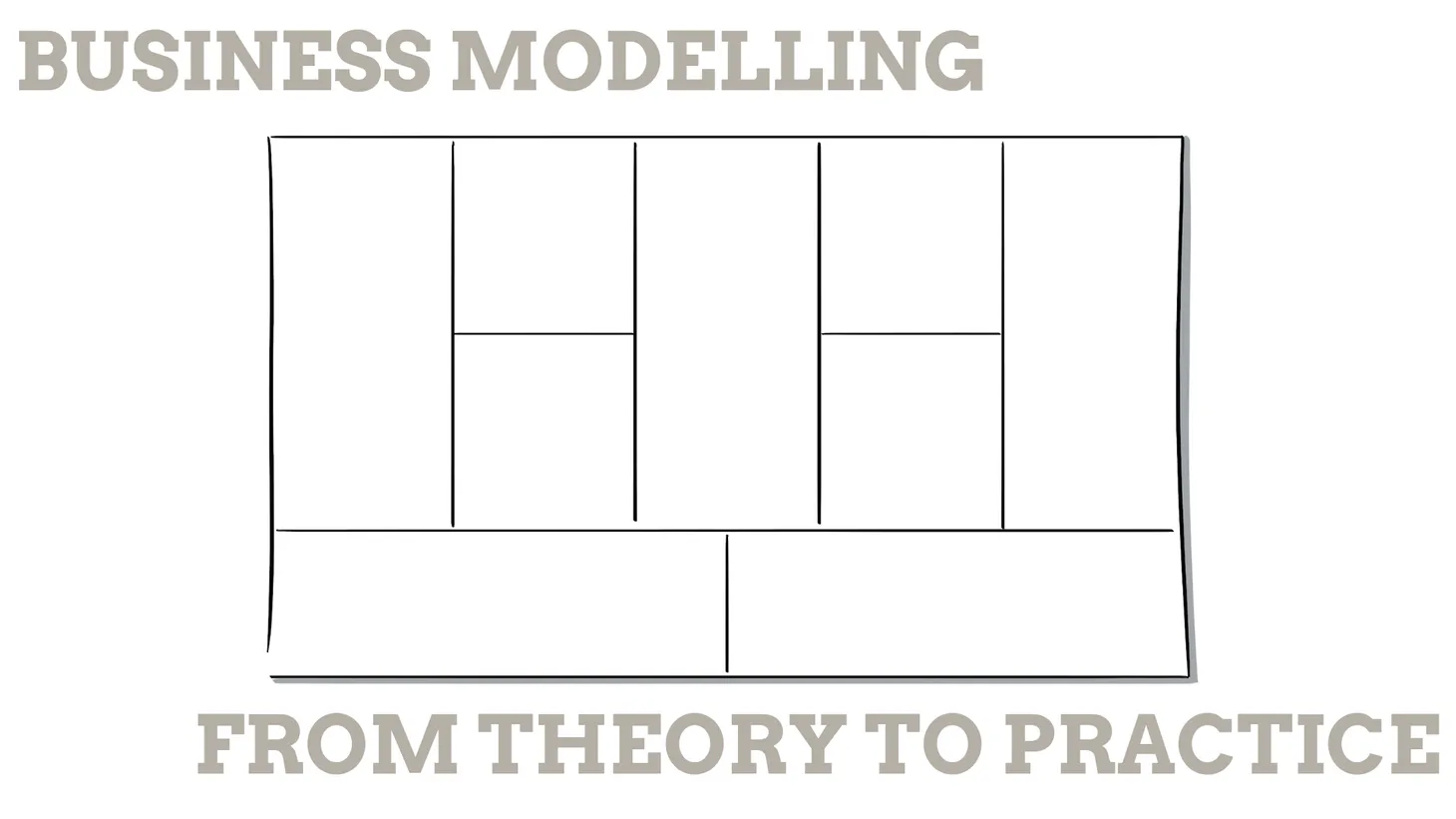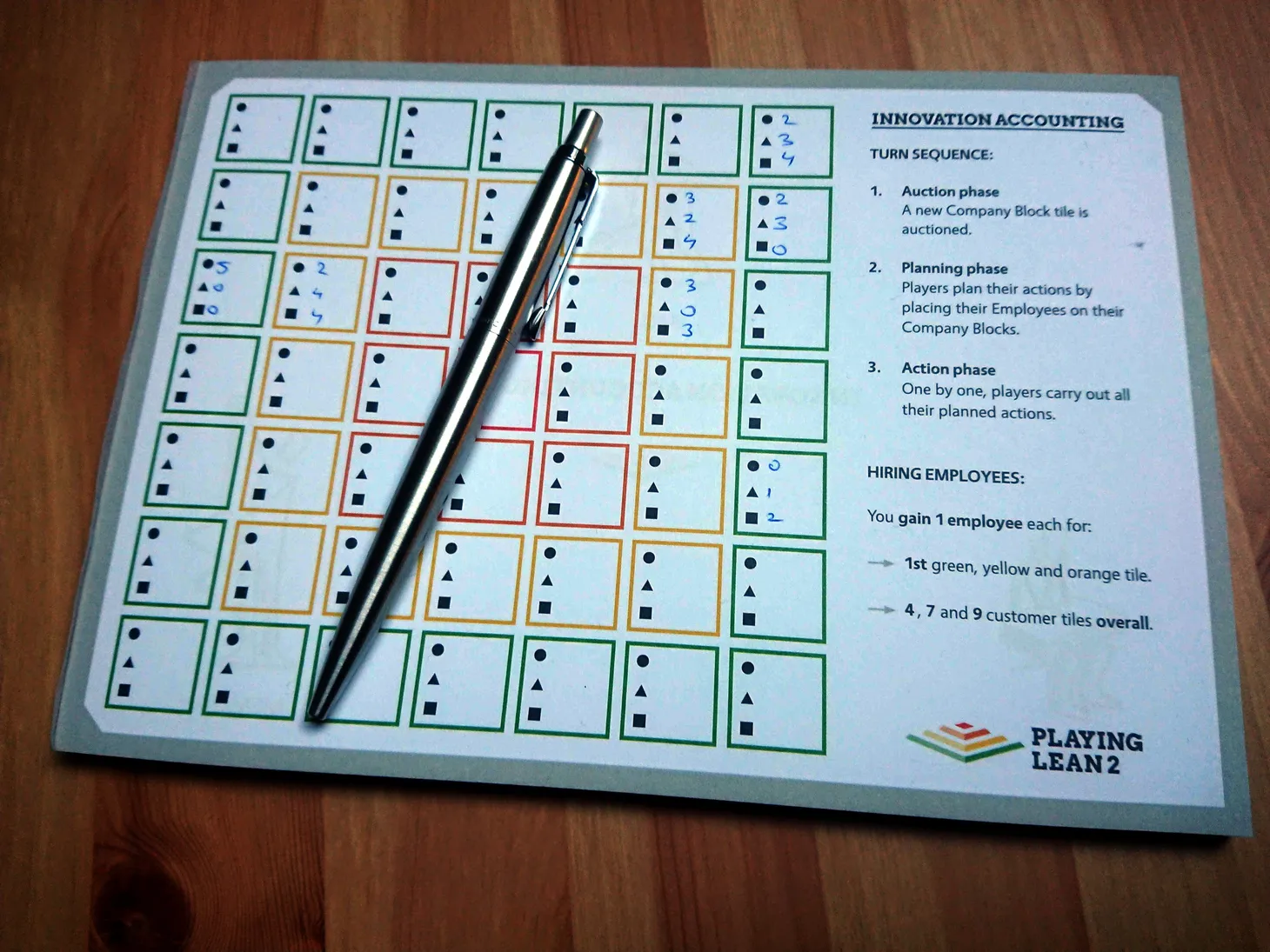Lean Startup
The reality of experience
Thinking as it might be, seeing as it is.

Quickstart: Lean Startup
Practical guidance for busy professionals.
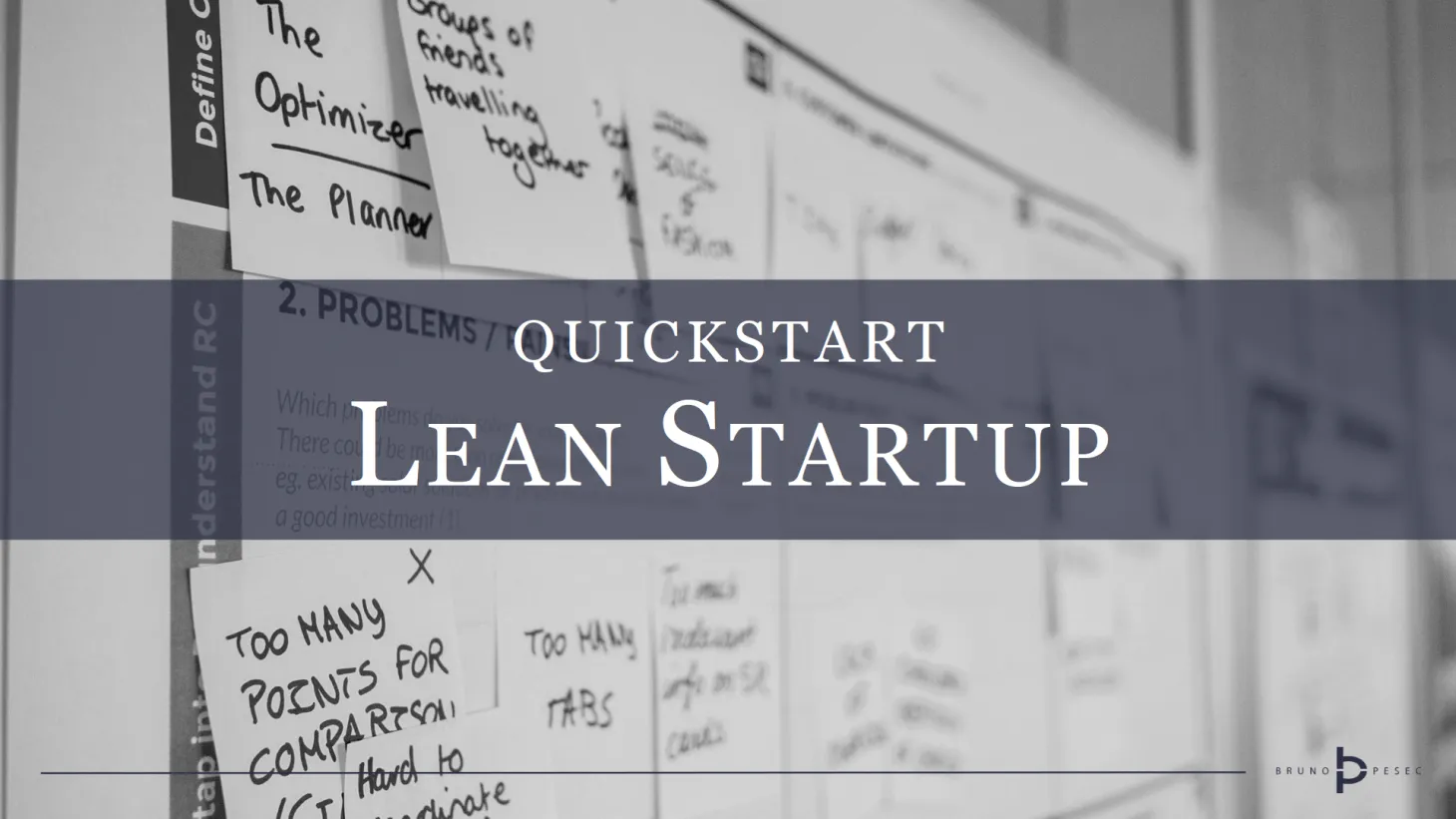
Courage vs stupidity
It's a thin line.
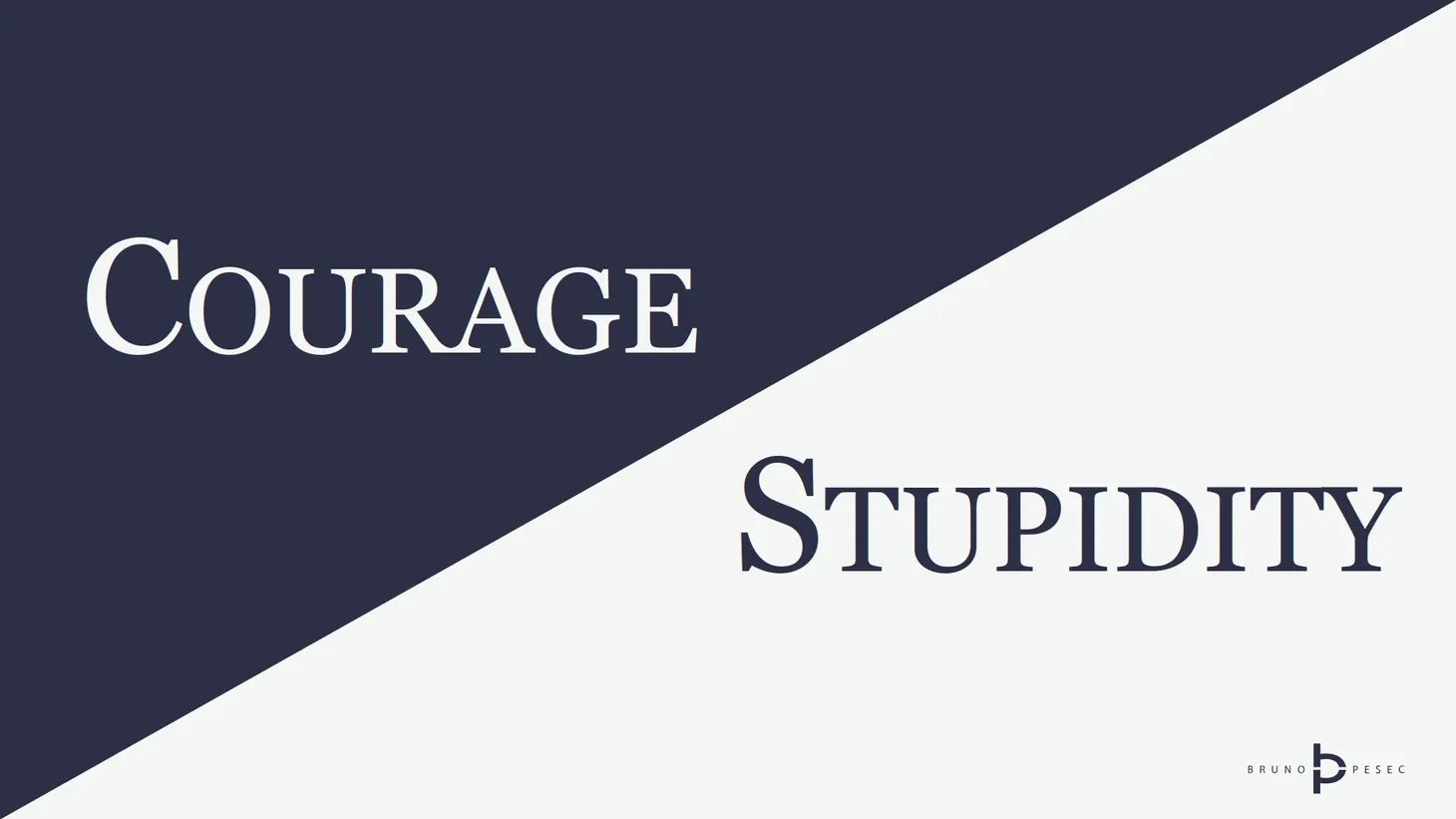
How to include the customer in the innovation process
Understand, understand, understand!
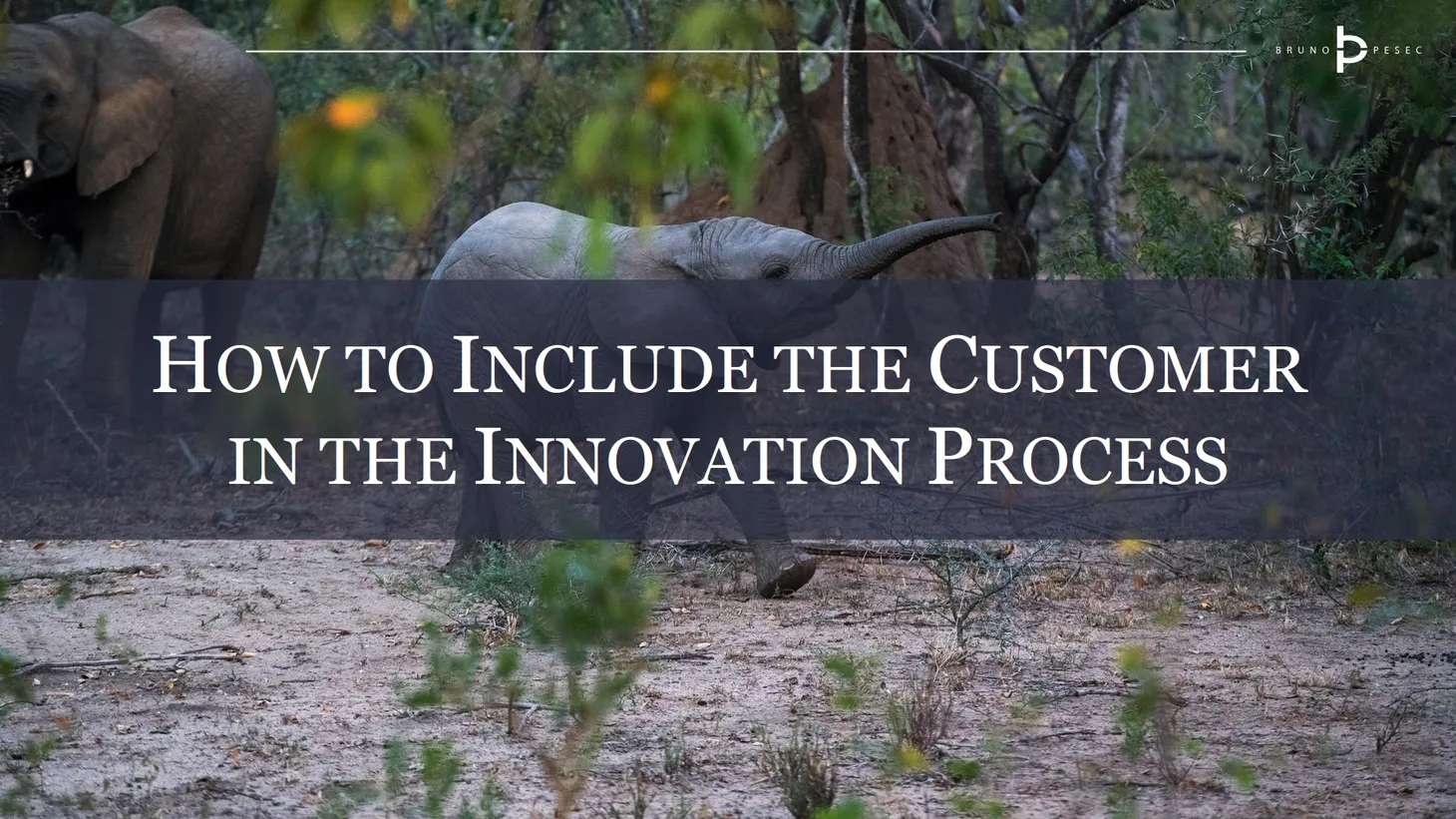
Lean Experiment Canvas
A visual tool to guide your lean experimentation.
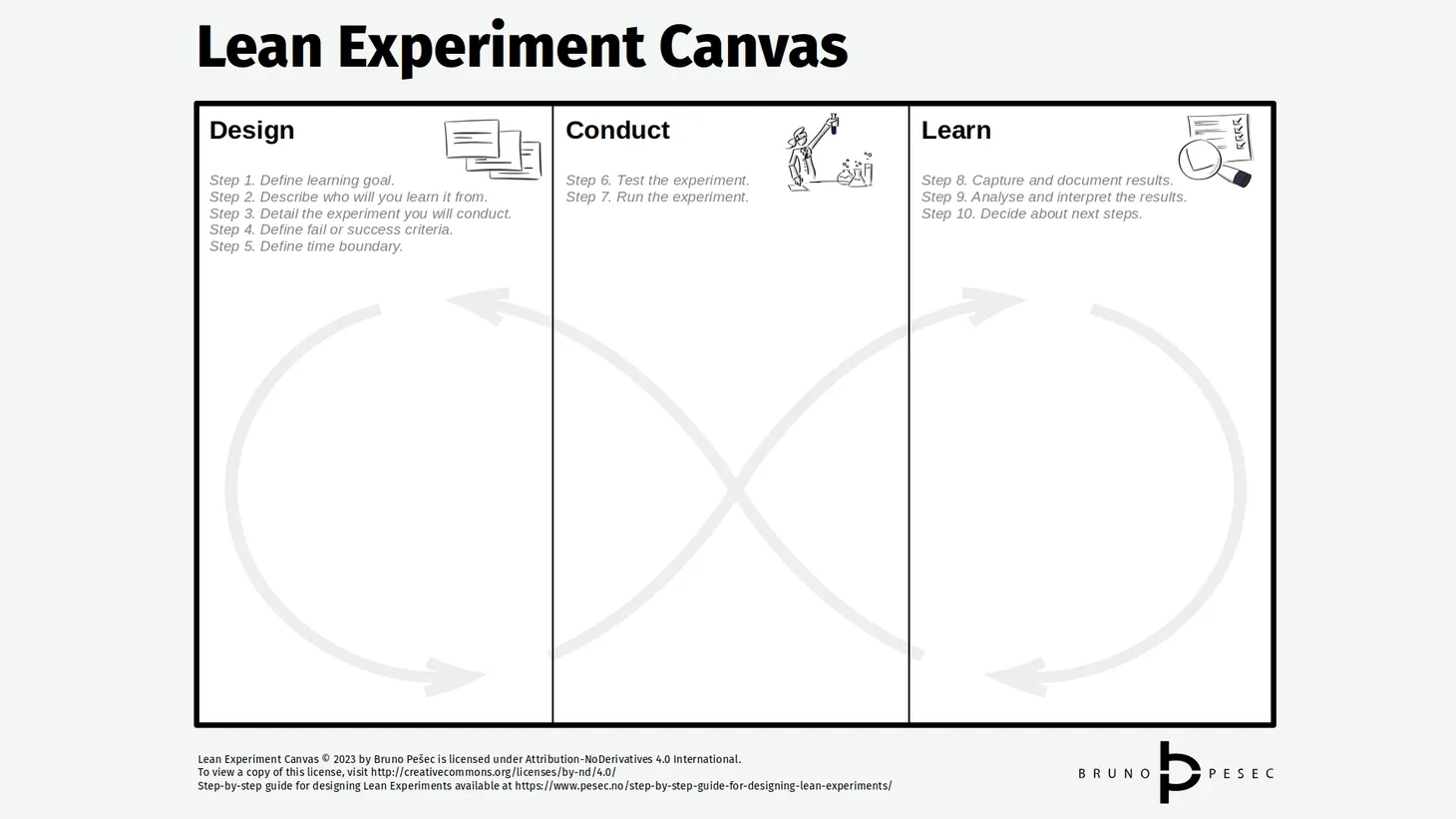
On how corporate innovators can manage innovation
A conversation with Étienne Garbugli of The Lean B2B Podcast.

B2B Innovation
Advice from the trenches.

On entrepreneurship, martial arts, and continuous improvement
A conversation with Deirdre Morrison of The Ambition Incubator podcast.
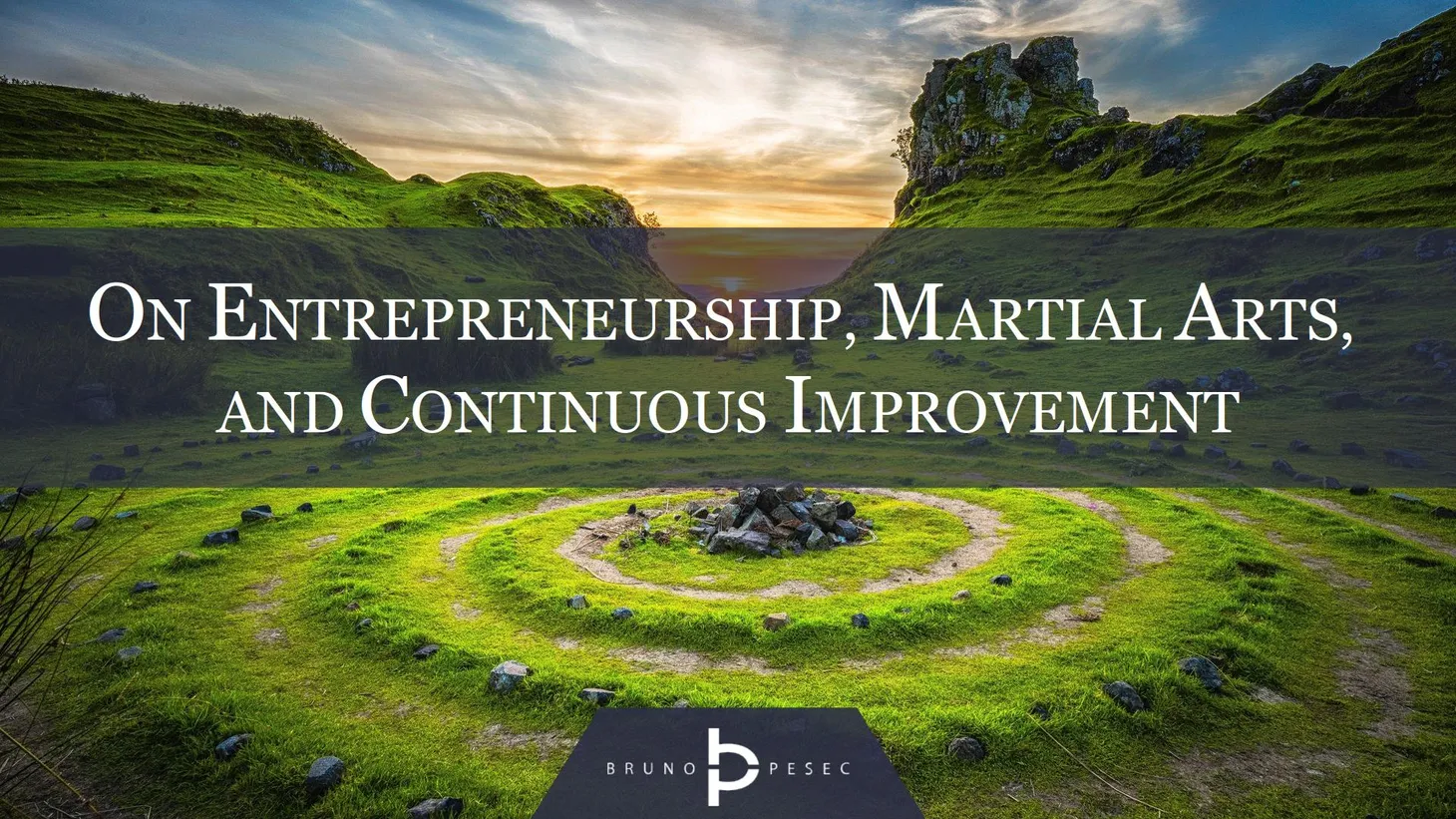
Lean Experimentation Guide now available in French
Translated by Youness Yaghcha.

Taking the Playing Lean experience online
The case of using a board game to teach Lean Startup remotely.
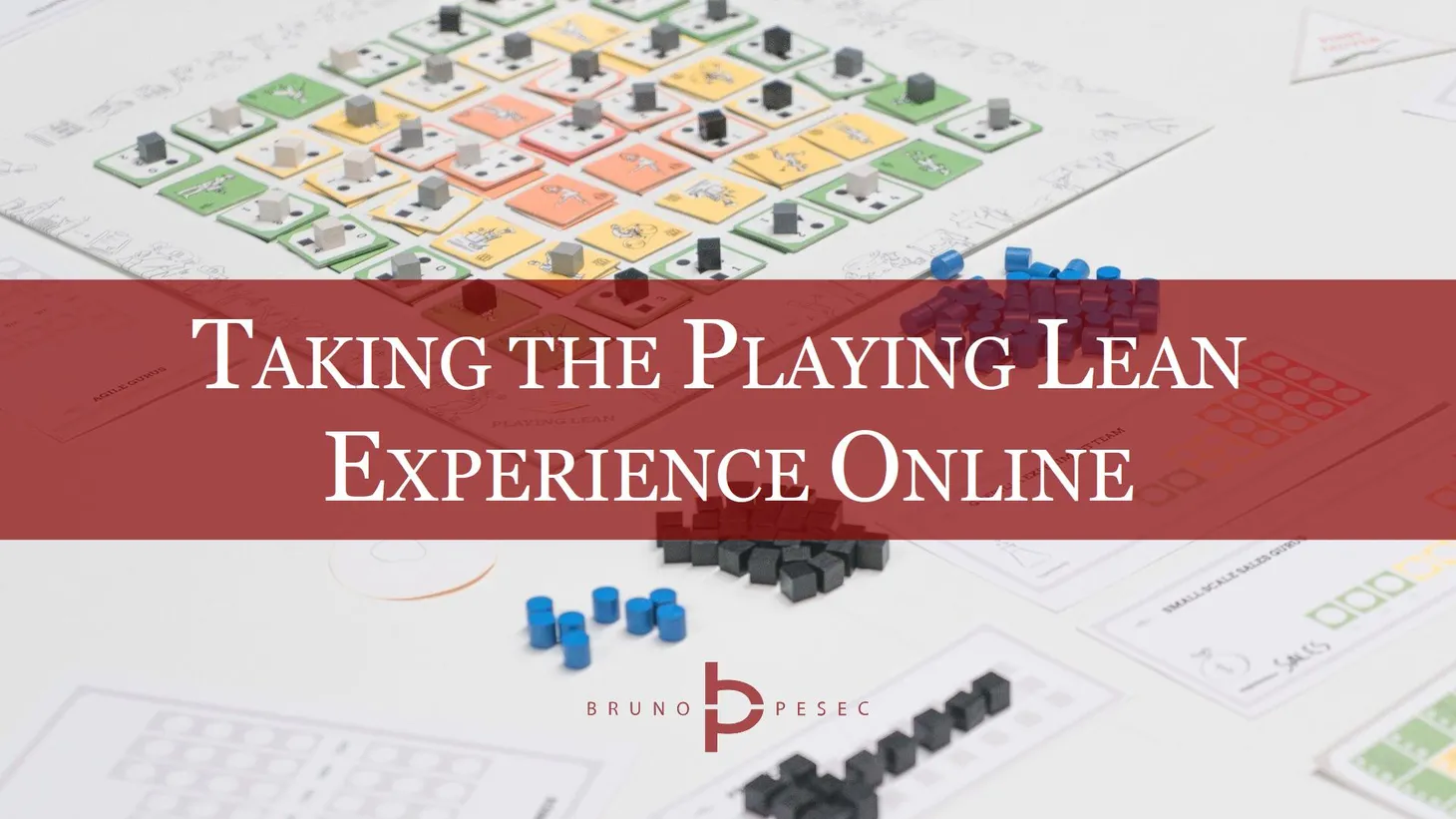
On learning from Lean Experiments
Capture, analyse, interpret, decide, document.

Test twice, run once
Practice safe experimentation.
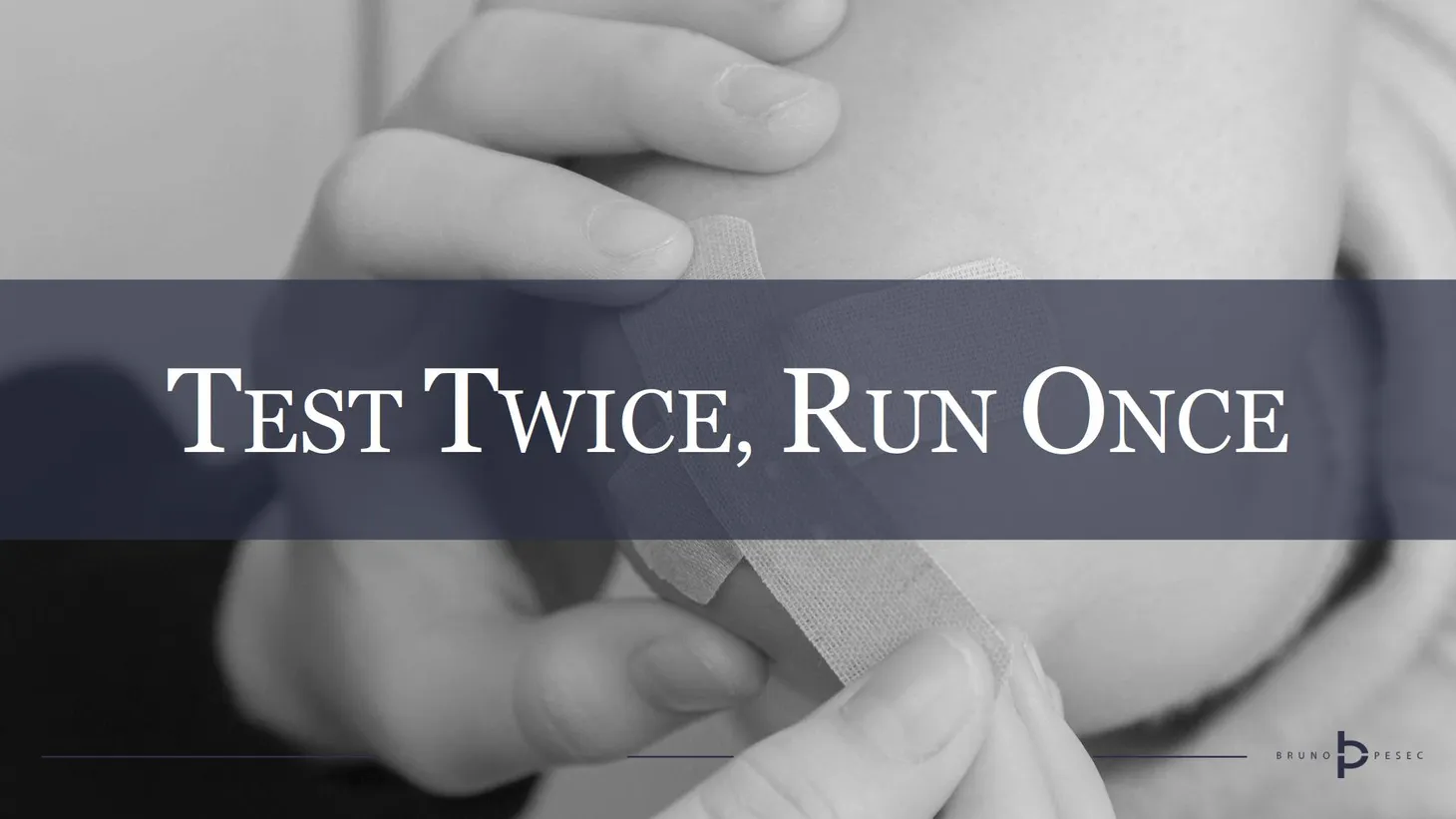
Customer development never stops
ABL = Always Be Learning.
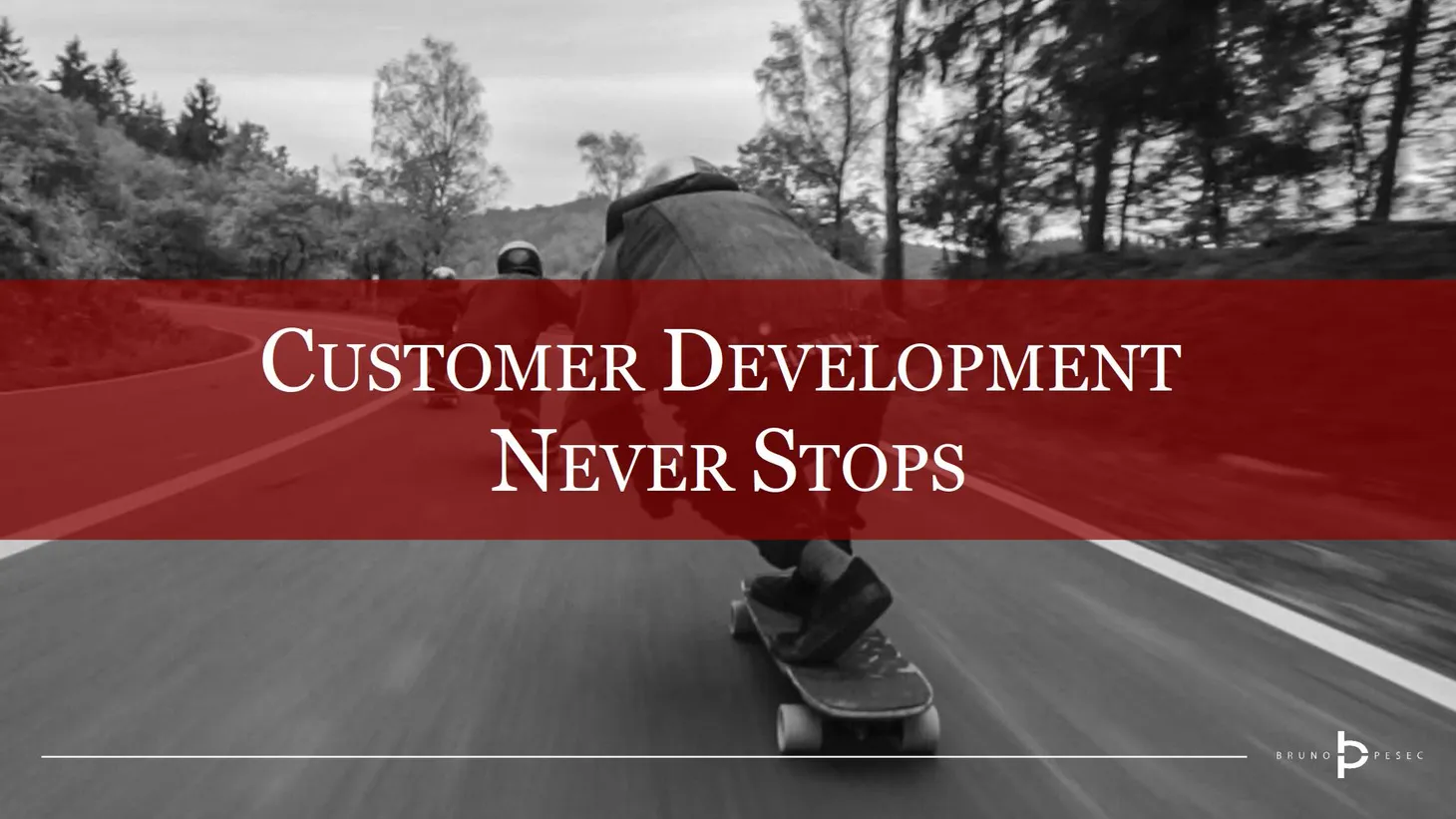
3 generic steps to test any idea
As easy as pie.

Pivoting in a nutshell
A change in strategy without a change of vision.

The importance of time-boxing your lean experiments
Focused and faster learning.
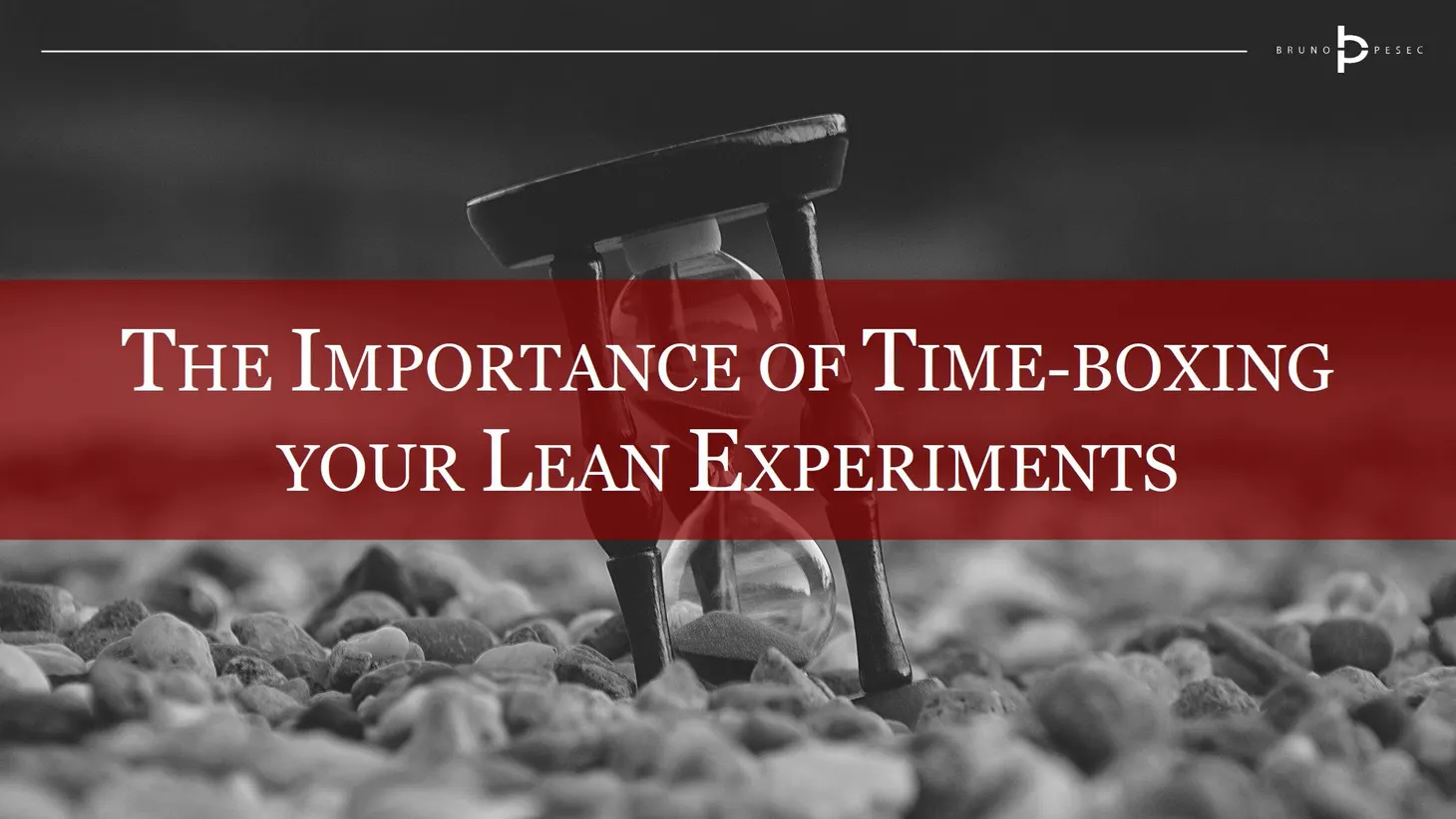
Customer development is more than customer interviews
In a search of a repeatable business model.
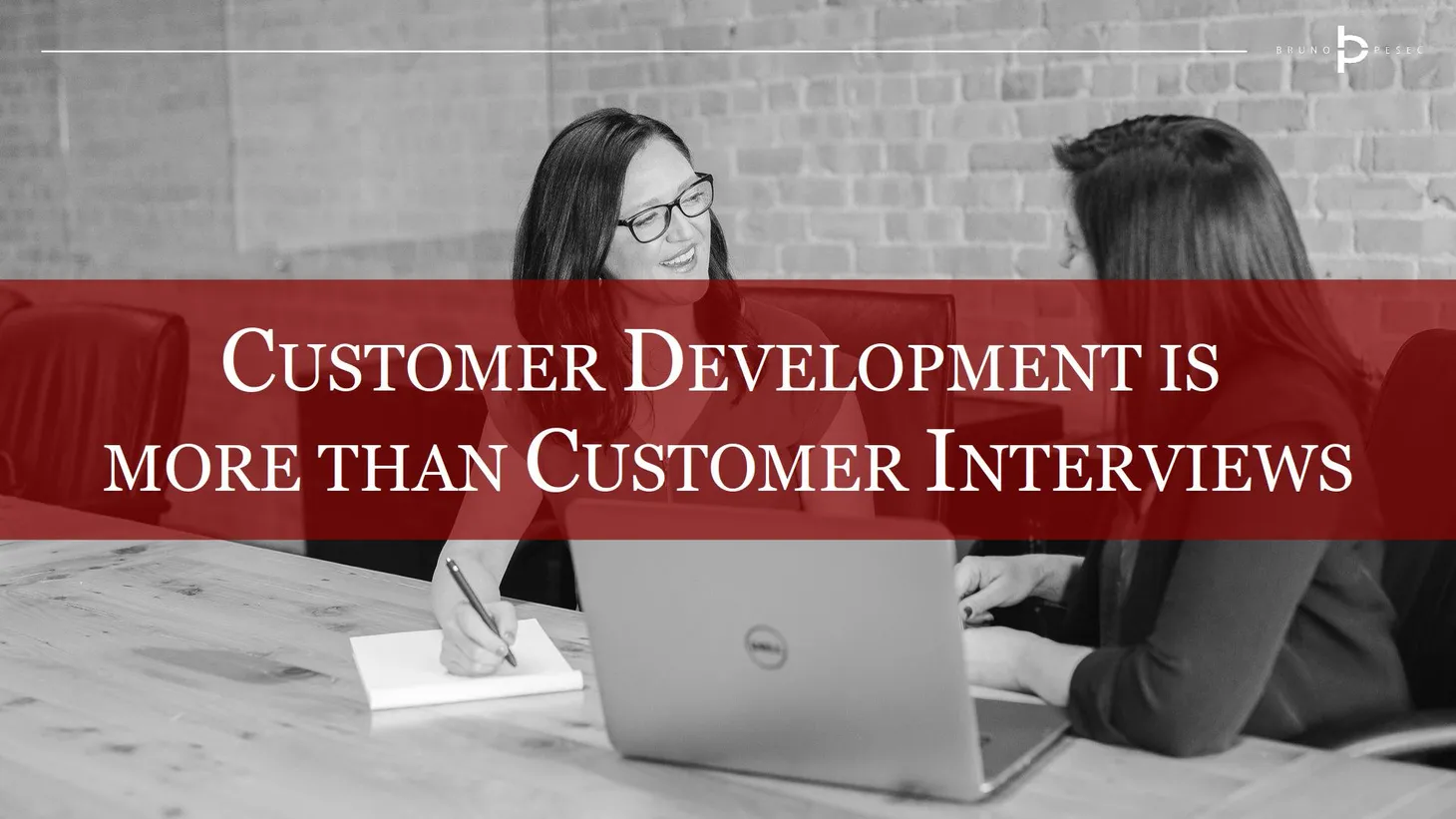
On MVPs and smallification
Spoiler: MVP is not a smaller version of your final product.
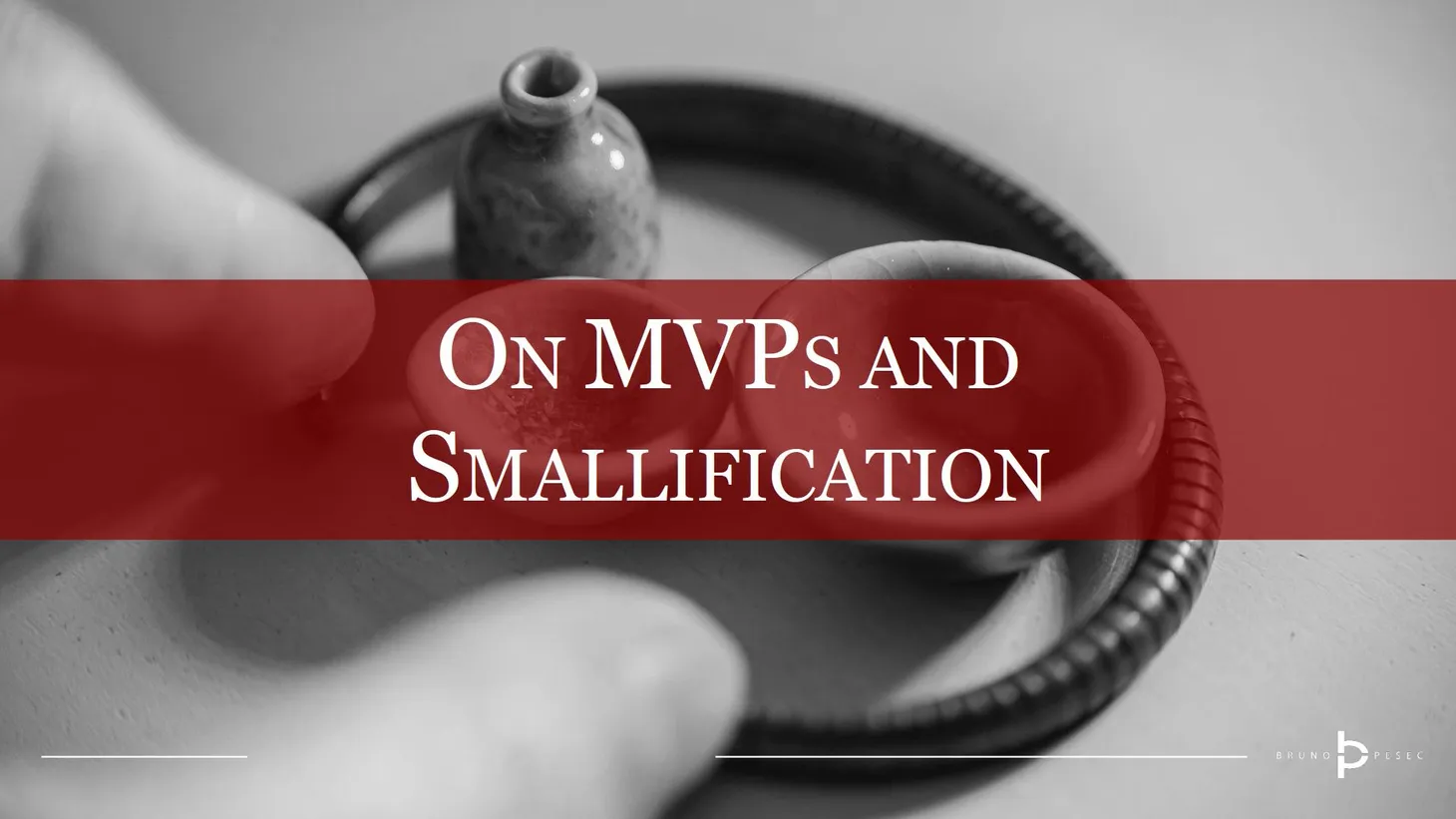
How to define a fail or success condition for your Lean experiment
Help yourself make the right decision.

How to do customer interviews
Simple process, invaluable insight.
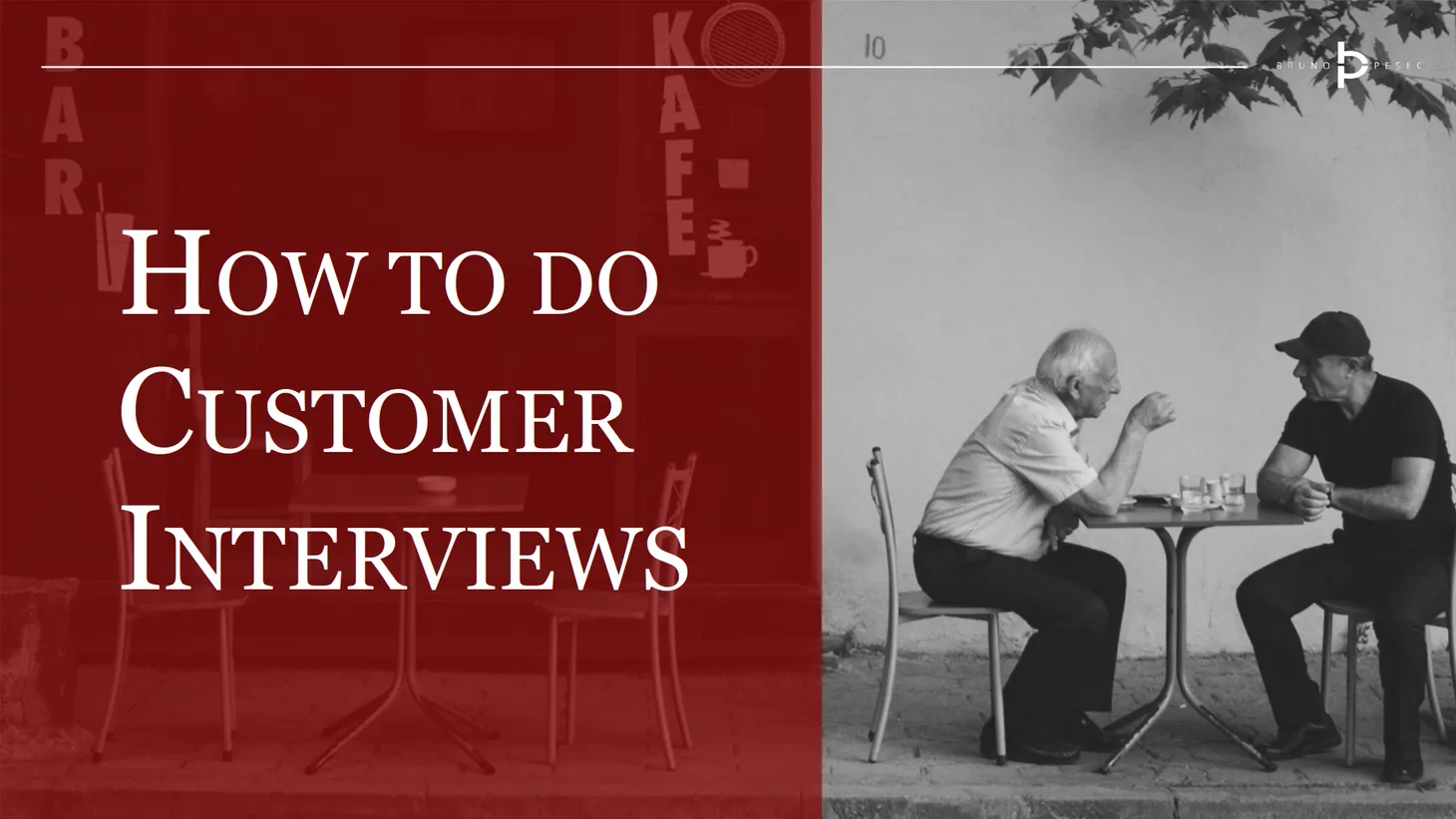
Five principles of the Lean Startup: 10 years later
Is Lean Startup still relevant?
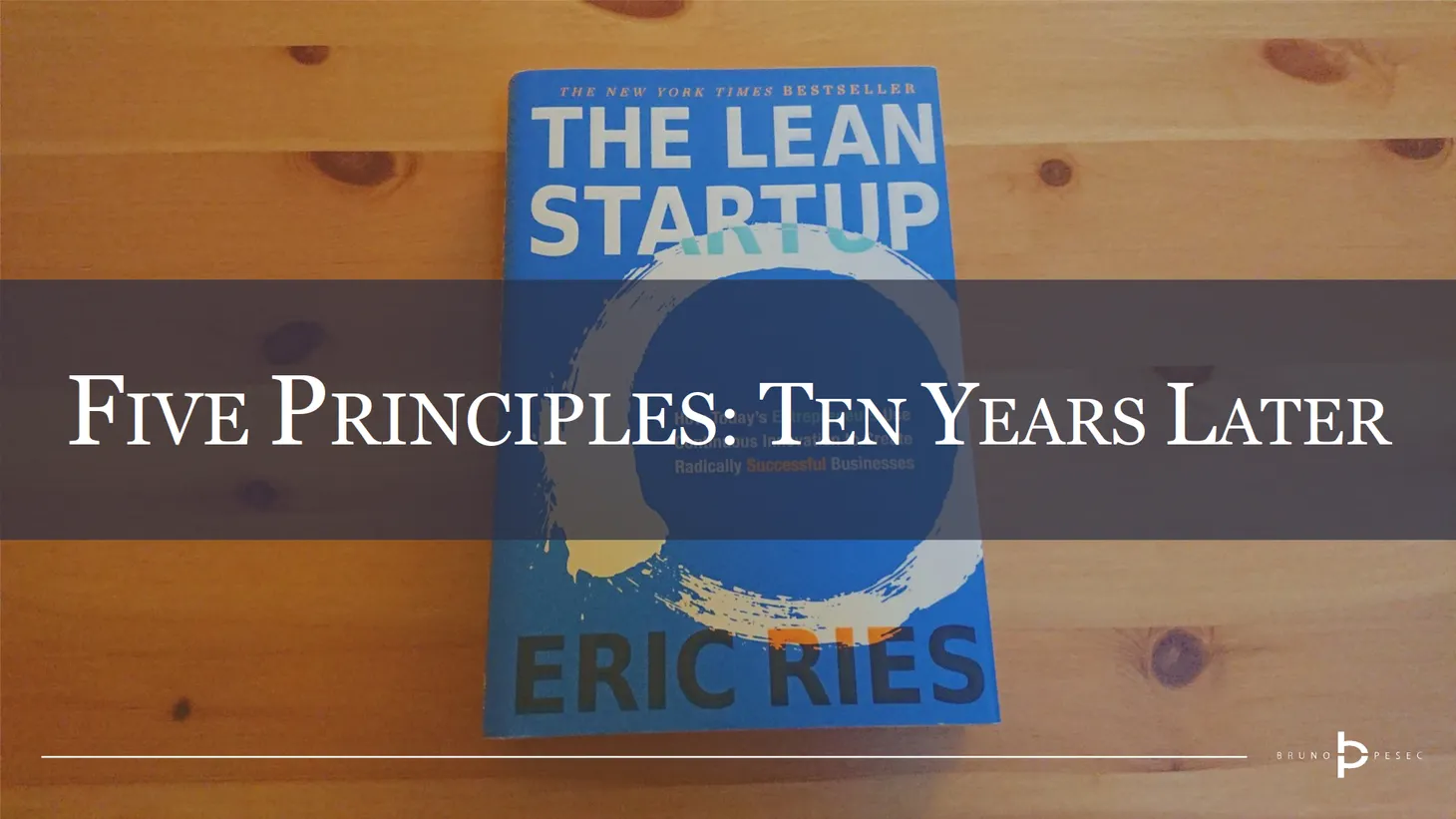
What do you need to learn?
A key to powerful Lean experiments.

Harmful templates
Don't cut yourself on the nice looking template.

The power of visual thinking
How does visual thinking practically help an organization?
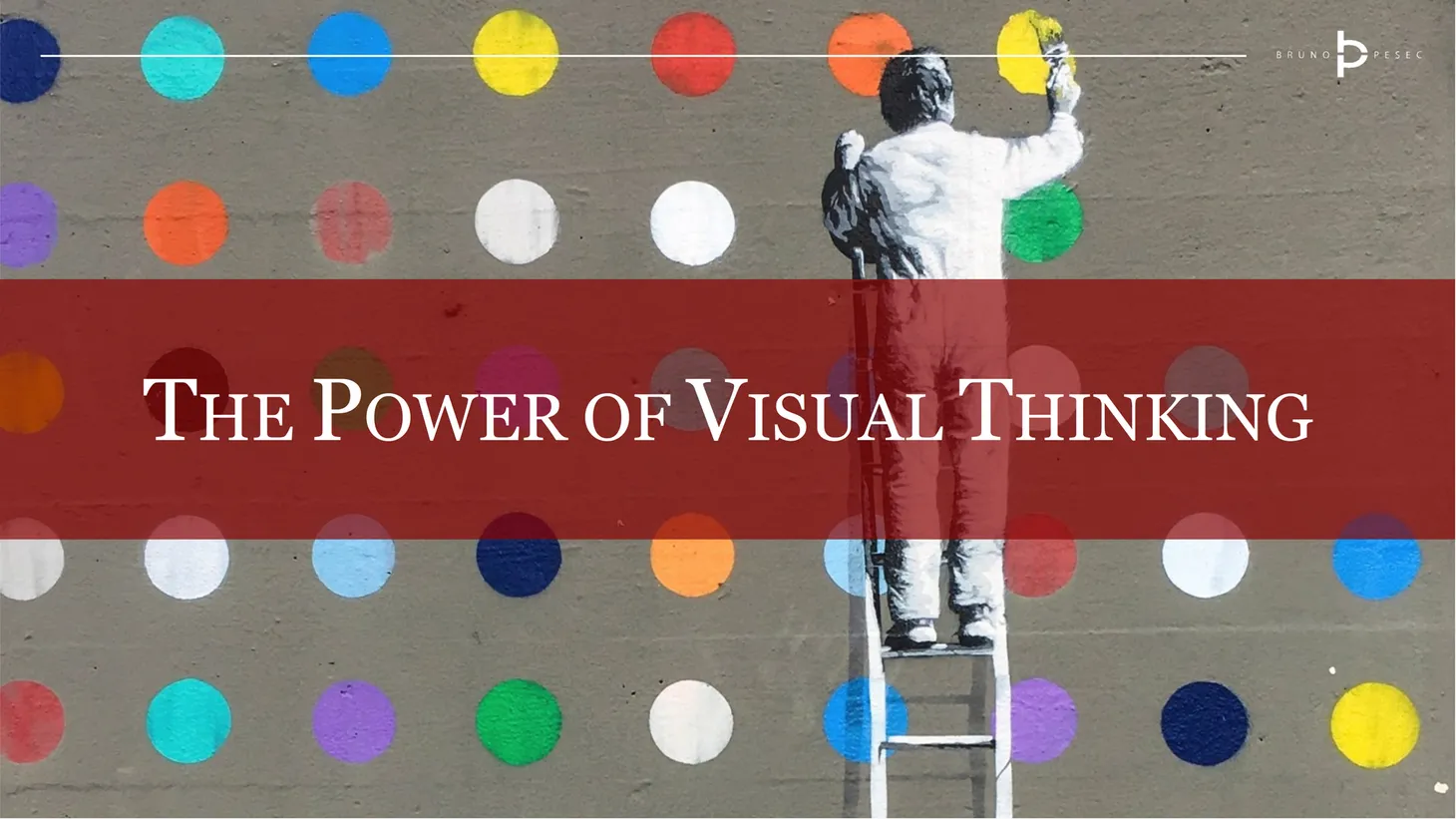
Why iterate at all?
Don't accelerate waste.

Visual tools for understanding customers
Dig deeper into understanding customer's needs by using one of these three visual tools.
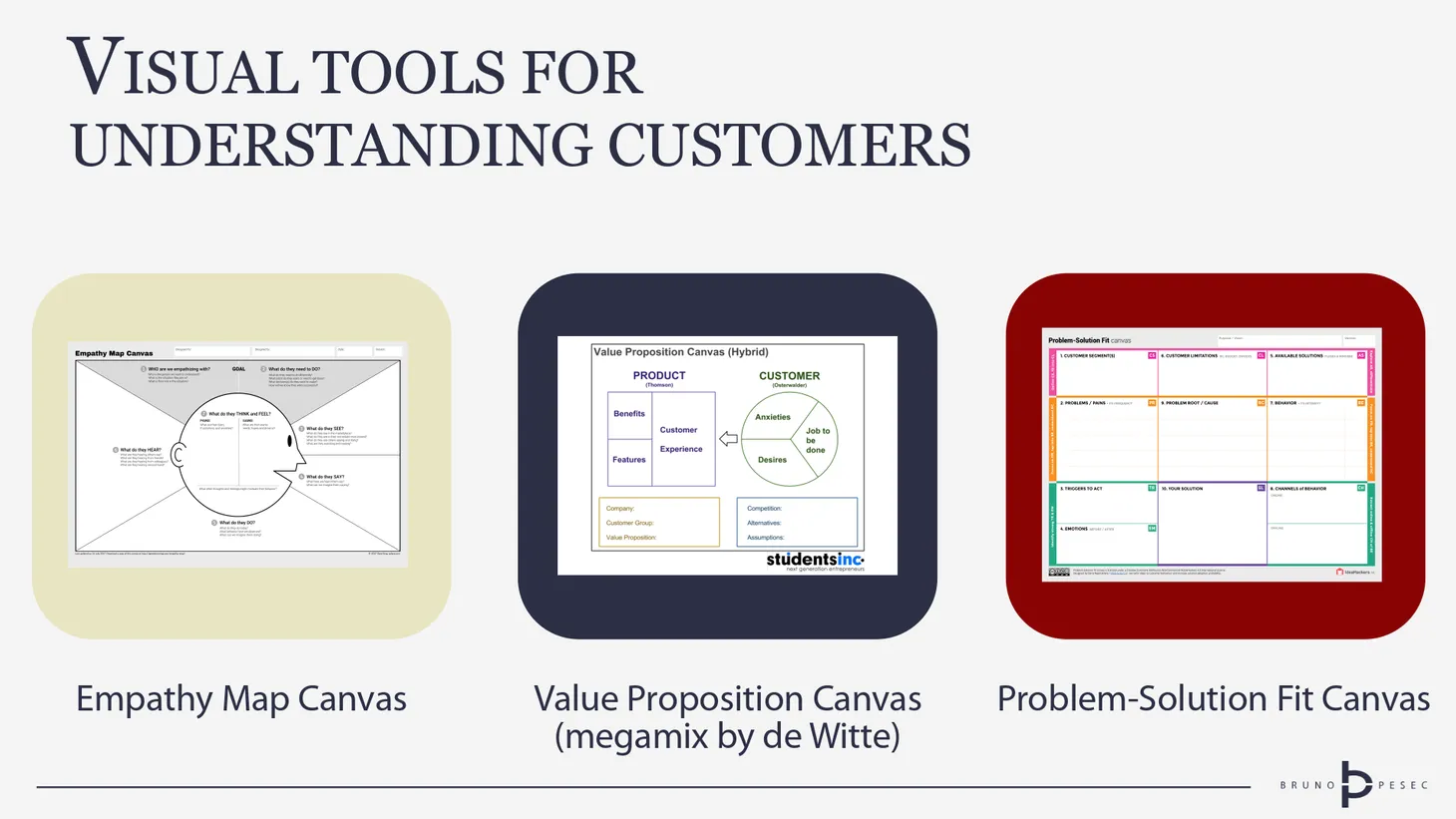
Making the most out of the Value Proposition Canvas
Reference guide for the Value Proposition Canvas.
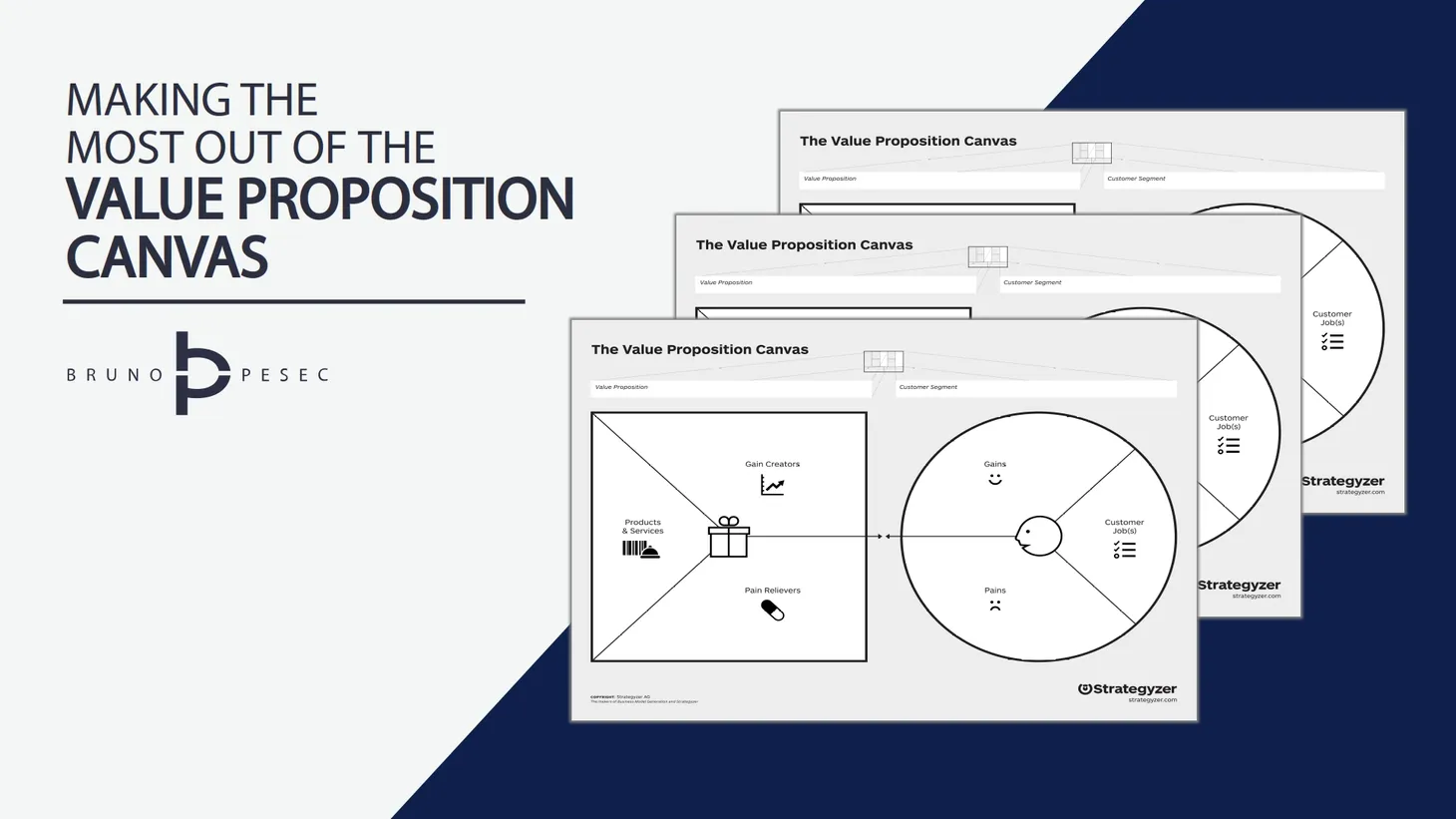
Creating reusable knowledge: how to design effective experiments
Innovation teams can generate value in several ways, and creating reusable knowledge is one easy way to do so.
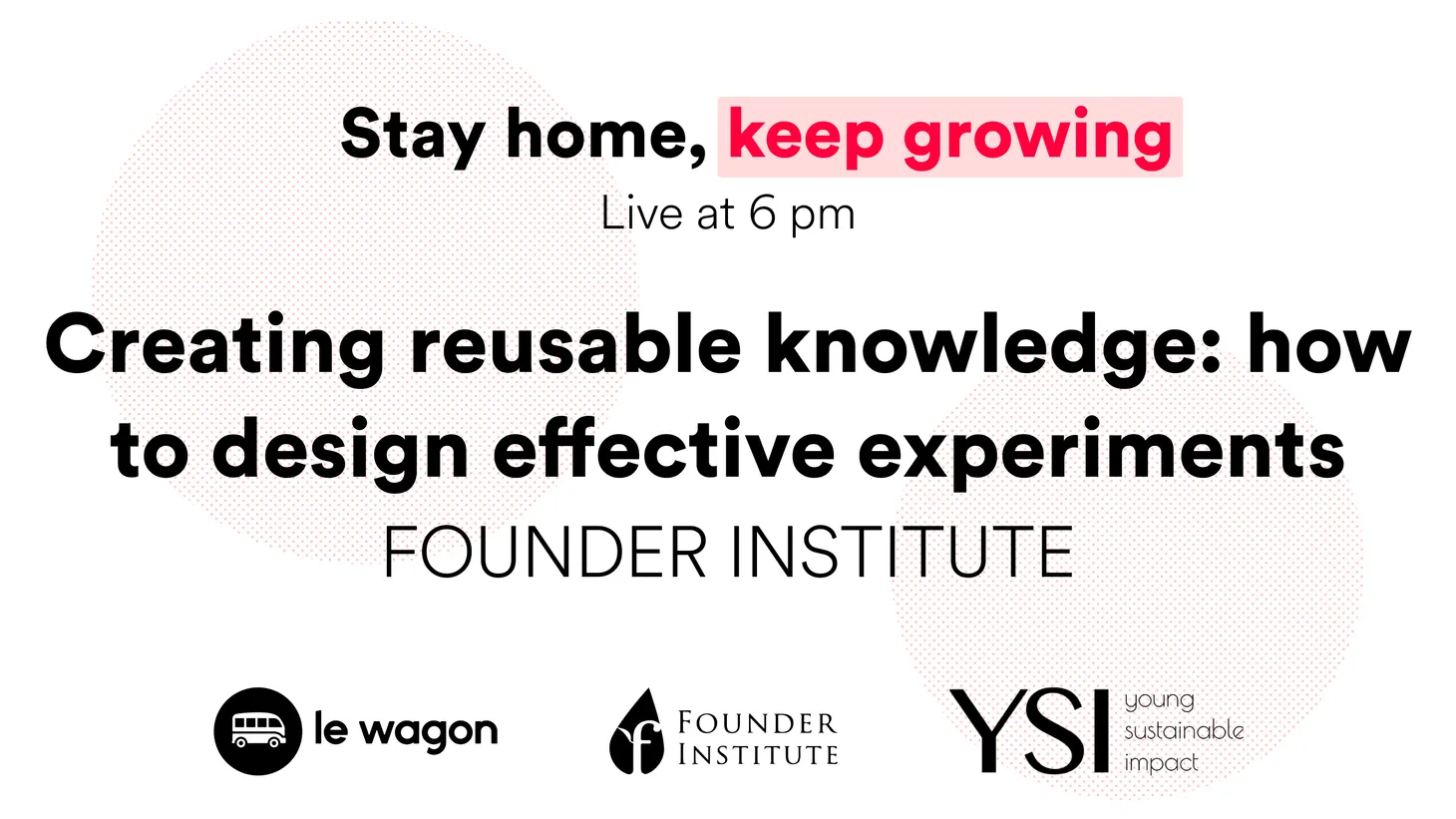
Visual tools for experimentation and innovation accounting
Three proven tools for visual overview of experiments, understanding progress, and innovation accounting.
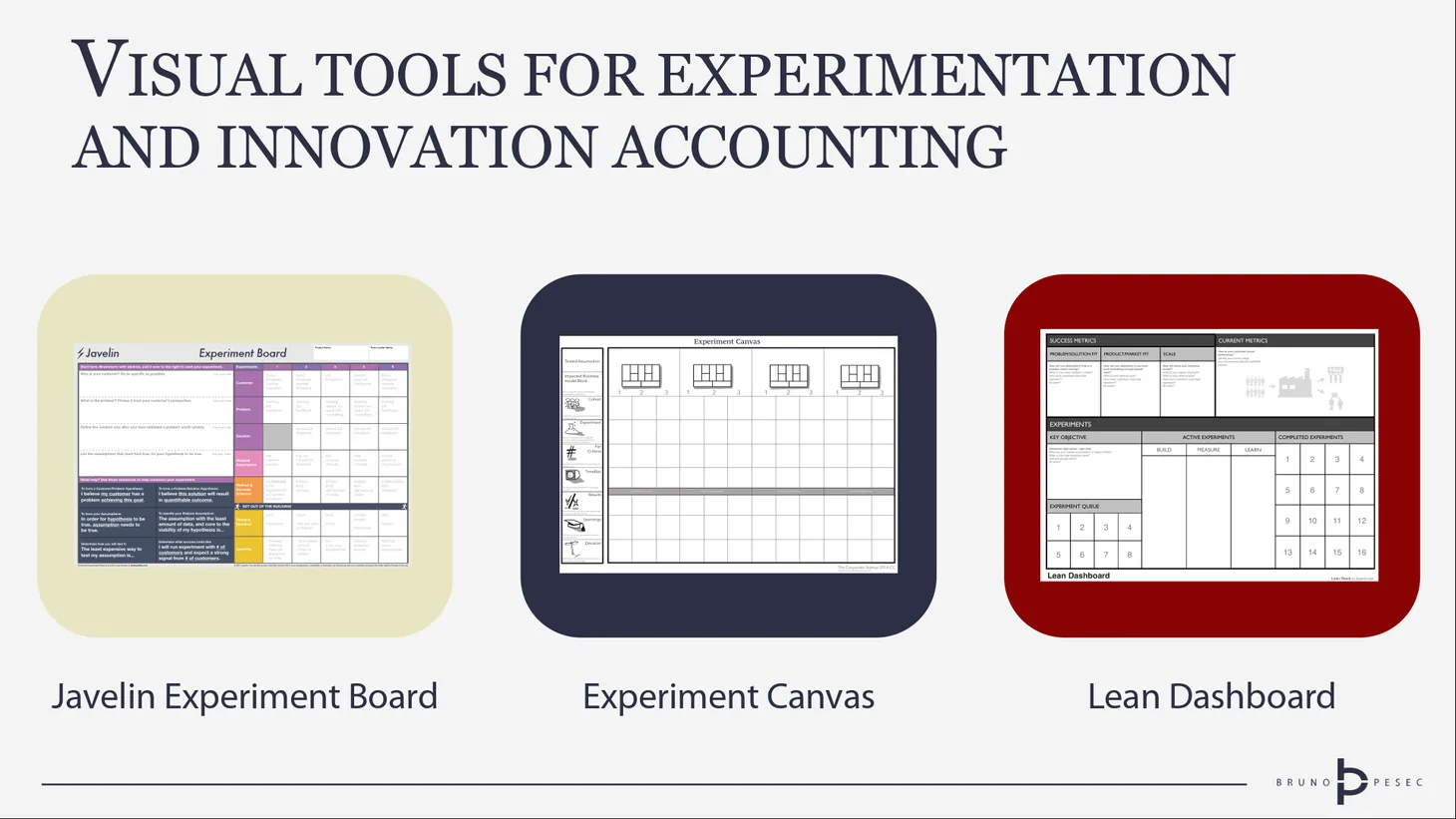
Step-by-step guide for designing Lean Experiments
Designing sound experiments is critical to creating valid and reusable knowledge. This guide will help you achieve that.
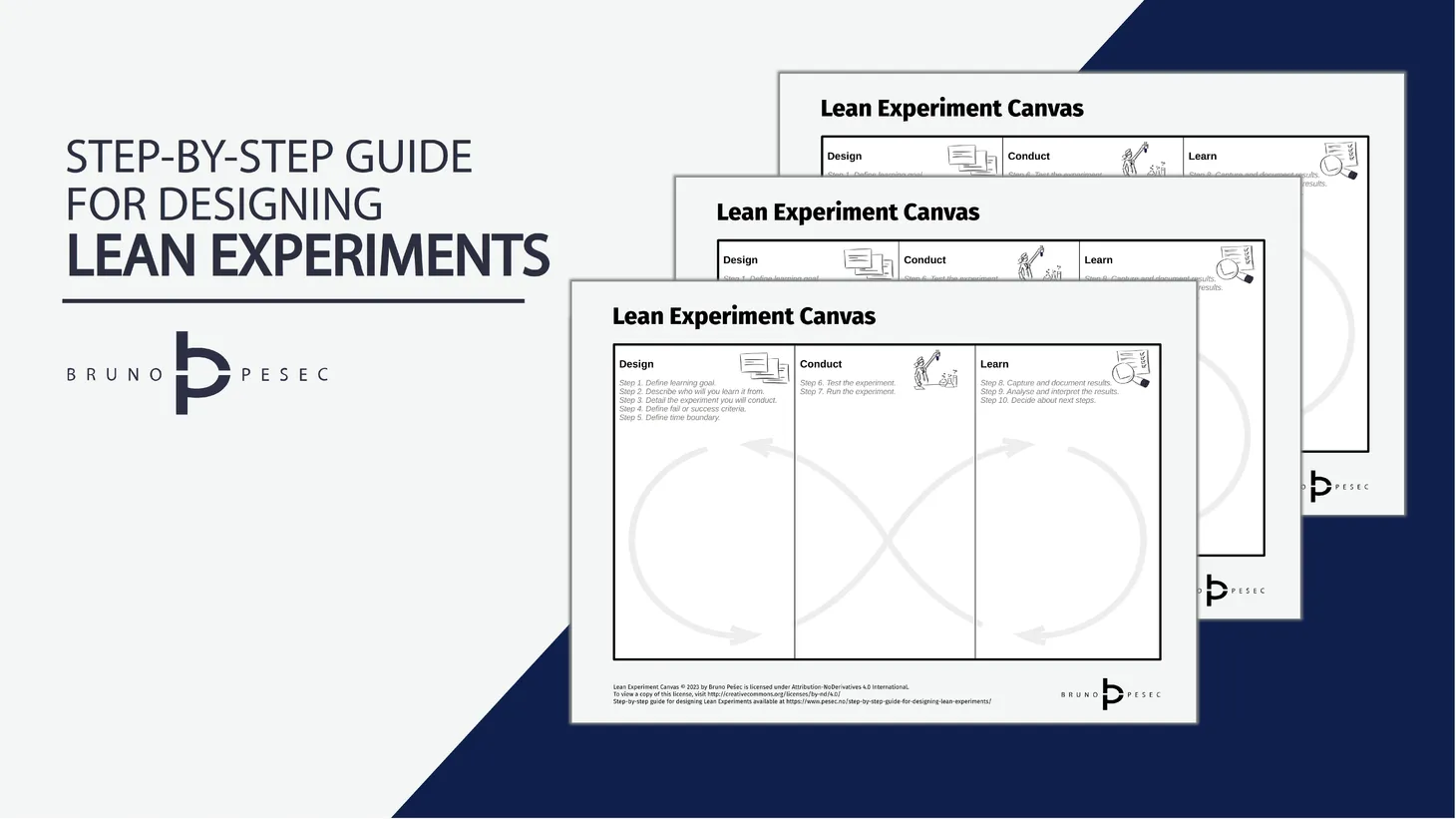
The Business Model Canvas Explained
Don't use it as a wallpaper, and accept that almost everything you put into the canvas has some degree of uncertainty.
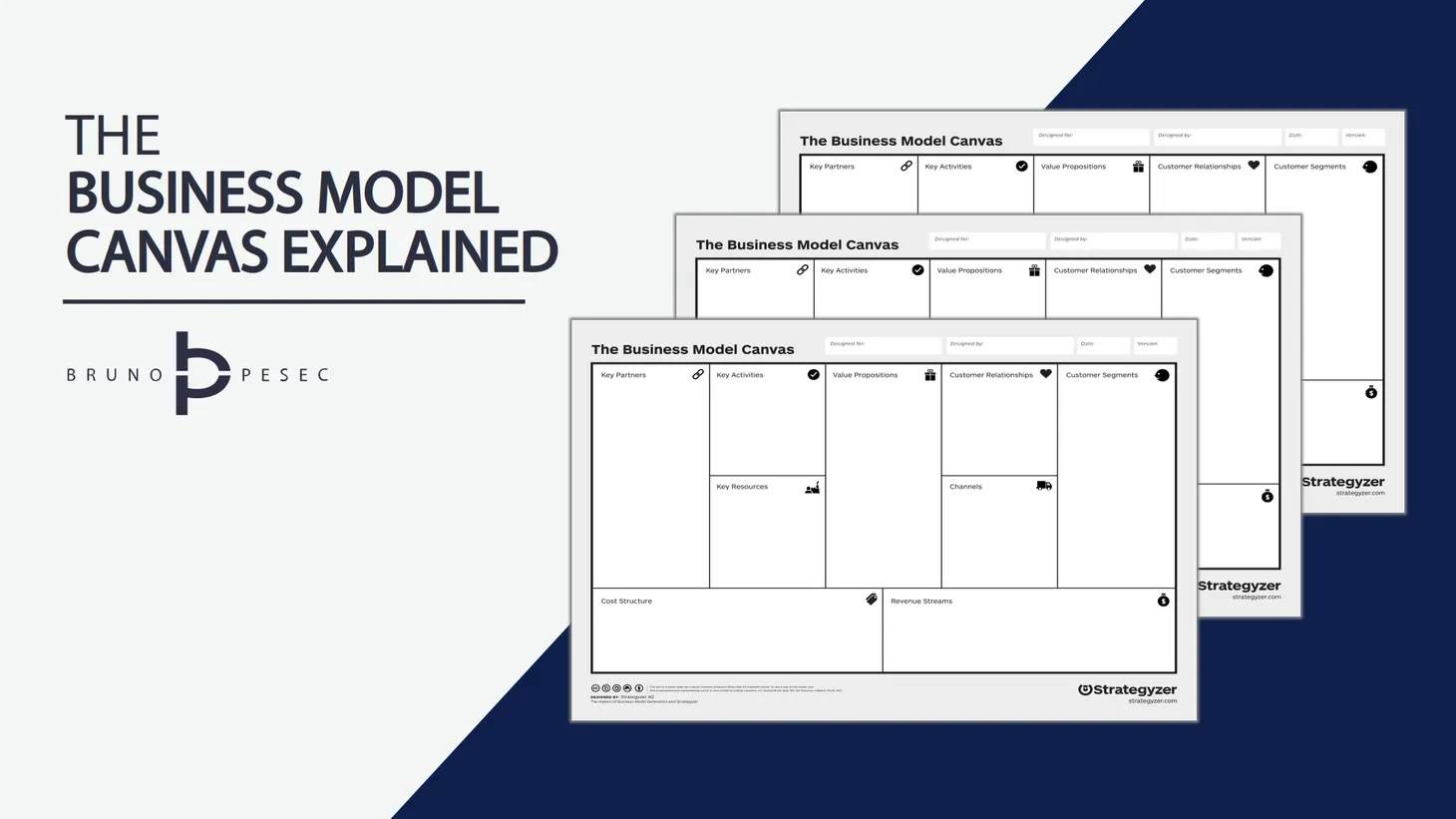
Lean Startup Fundamentals
How did Lean Startup come to be, and what are its basic precepts? Understanding them is a prerequisite for true mastery.
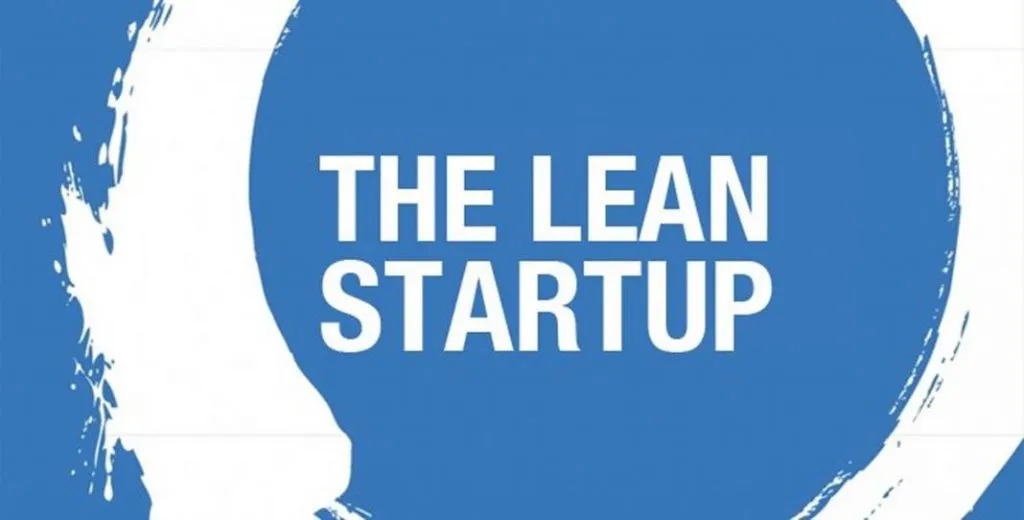
Best books to master the Lean Startup
These five books are the fastest way to develop your mastery of lean startup – from theory to practice.

Faster horses fallacy
Innovator’s job is understanding customer’s needs as well as their current processes so they can innovate and create delightful products and services.

Is investing 24 hours in understanding the problem worth it?
Product development doesn’t have to be a gamble.
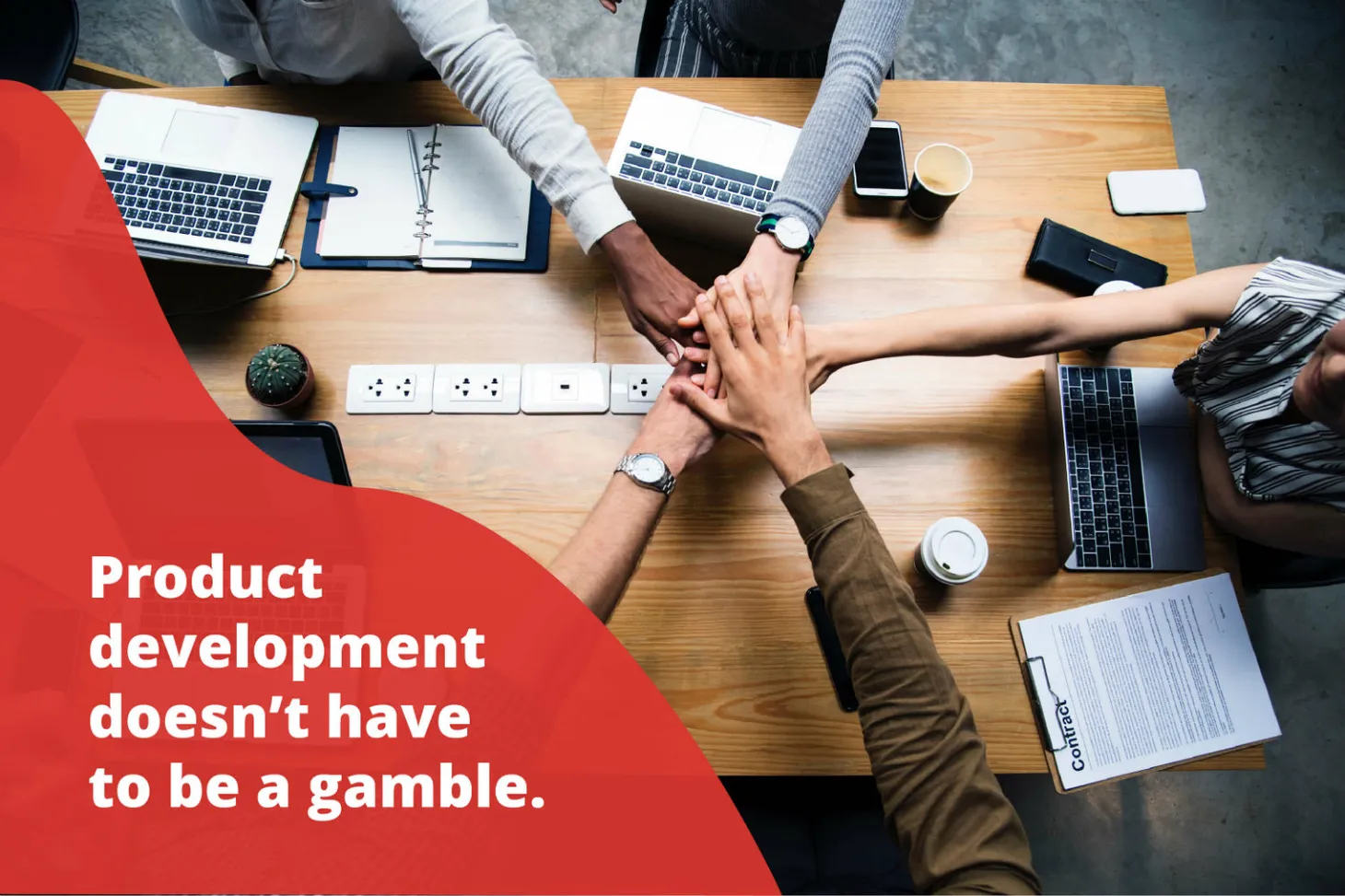
Strategyzer Bootcamp
What have I learnt at the five day Strategyzer bootcamp?
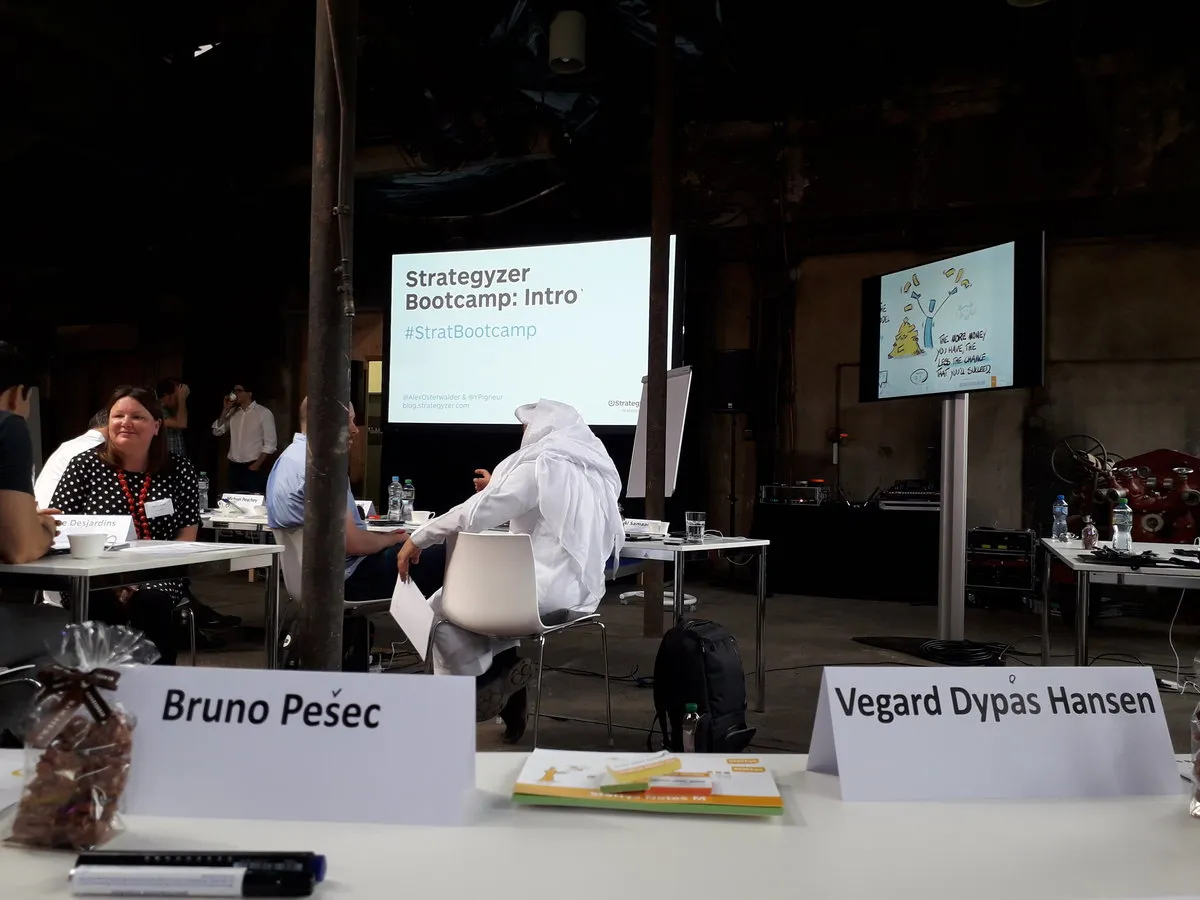
Lean Startup Summit Europe 2018
I had tremendous fun facilitating a number of unconference sessions and roundtable discussions at the Lean Startup Summit Europe.

Lean Startup at Miles Camp
Deep dive into advanced Lean Startup topics.
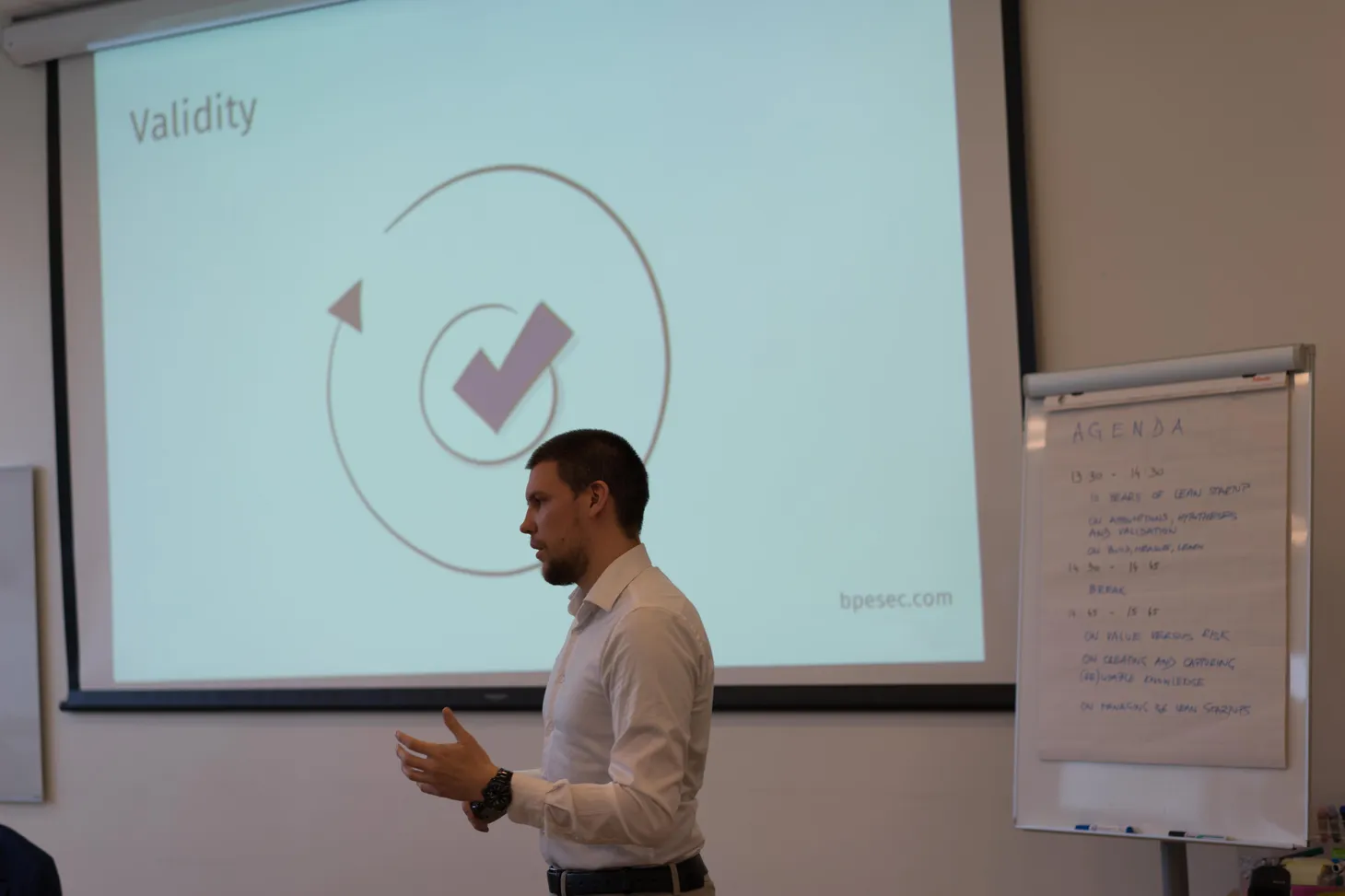
False negatives and false positives
False negative is a result that appears negative when it should not, while false positive is a result that appears positive when it should not.
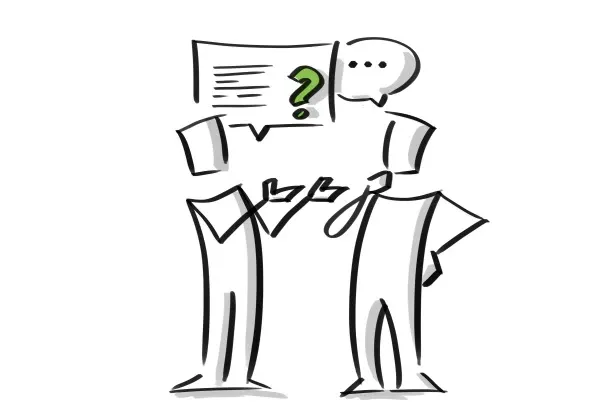
Identifying existing alternatives
After you have identified, listed, and described your customer's top 3 problems your next step is to assess how they are solving those problems today.

The Jobs To Be Done Framework
Figuring out what problems you are solving can be hard. It may help to think about what “job” you are “hiring” a product to do instead.







